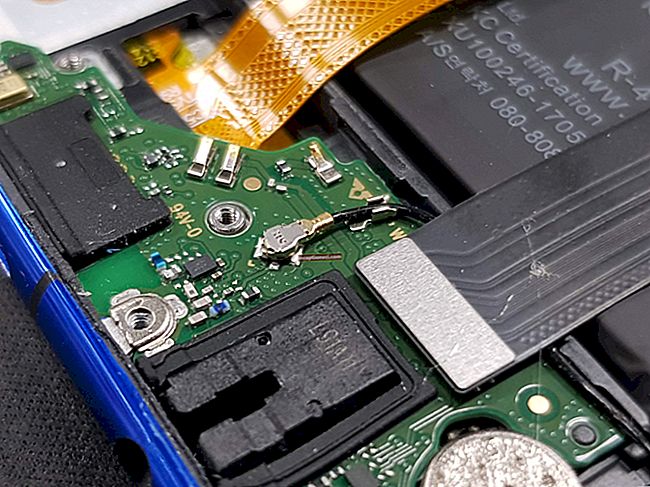For a long time, when buying a computer, a video card was considered an obligatory element. Many motherboards did not come with a decent quality graphics chip, so you had to purchase the graphics card separately. Since then, computer manufacturers have focused on versatile systems that can be used as home multimedia centers.
They began to install good graphics processors, which coped with both standard tasks and hardware HD video decoding and high-resolution monitor support without any problems. As it turned out, such capabilities of the graphics subsystem were enough for many users. The need to buy video cards disappeared for many people, and the temptation to take a larger hard drive or twice as much memory for this money outweighed the balance.
 At the same time, the computer games industry did not stand still. There were games that turned out to be not enough for the performance of one video card; several of them can be installed in modern motherboards at once. True, a powerful video card (or even several) is needed not only for games. In professional design or 3D design applications, good graphics performance is also needed.
At the same time, the computer games industry did not stand still. There were games that turned out to be not enough for the performance of one video card; several of them can be installed in modern motherboards at once. True, a powerful video card (or even several) is needed not only for games. In professional design or 3D design applications, good graphics performance is also needed.
Even in the richness of the offered interfaces, integrated video cards are not inferior to discrete ones - in addition to the standard D-Sub output, the mid-range models also have DVI with HDMI.
Based on the above, we can draw the following conclusion: if you know that you will play the latest computer games with high requirements, or work professionally in CAD or 3D applications, you will need an external video card. In other cases, even if you play uncompressed 1080p video on a computer screen (or an external plasma panel), the capabilities of the integrated graphics chip in modern cards will be quite enough.








